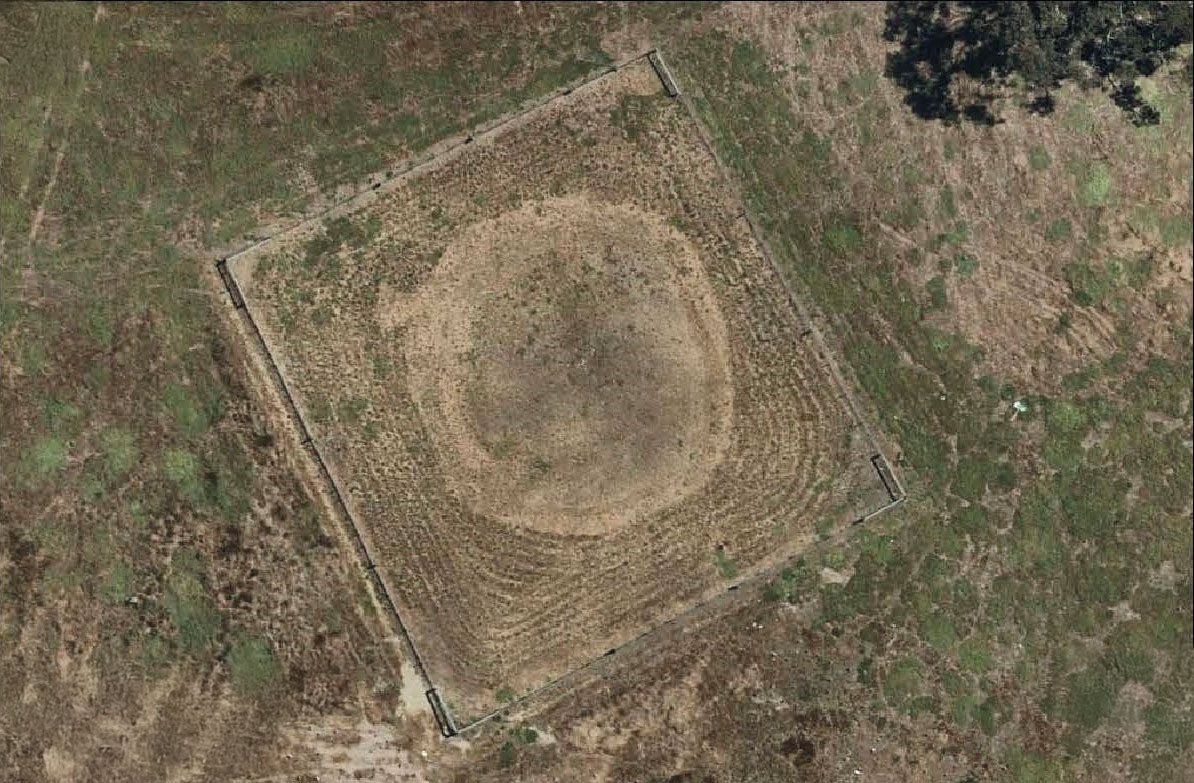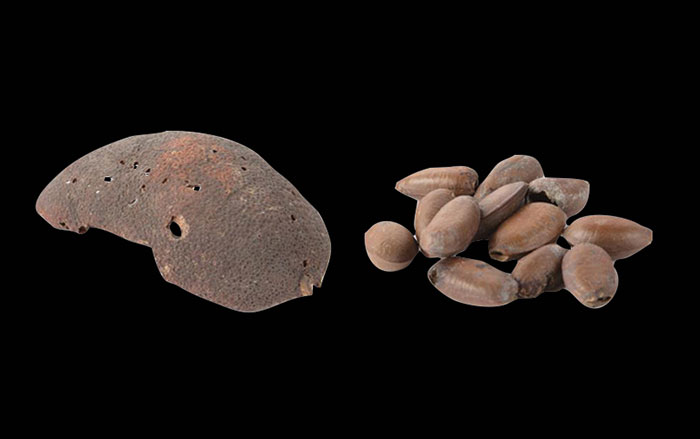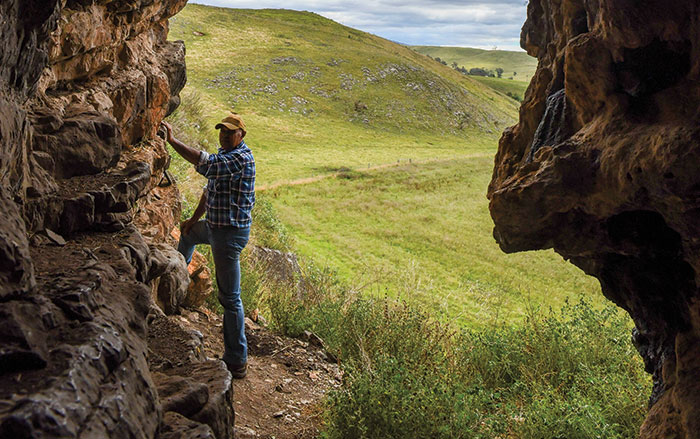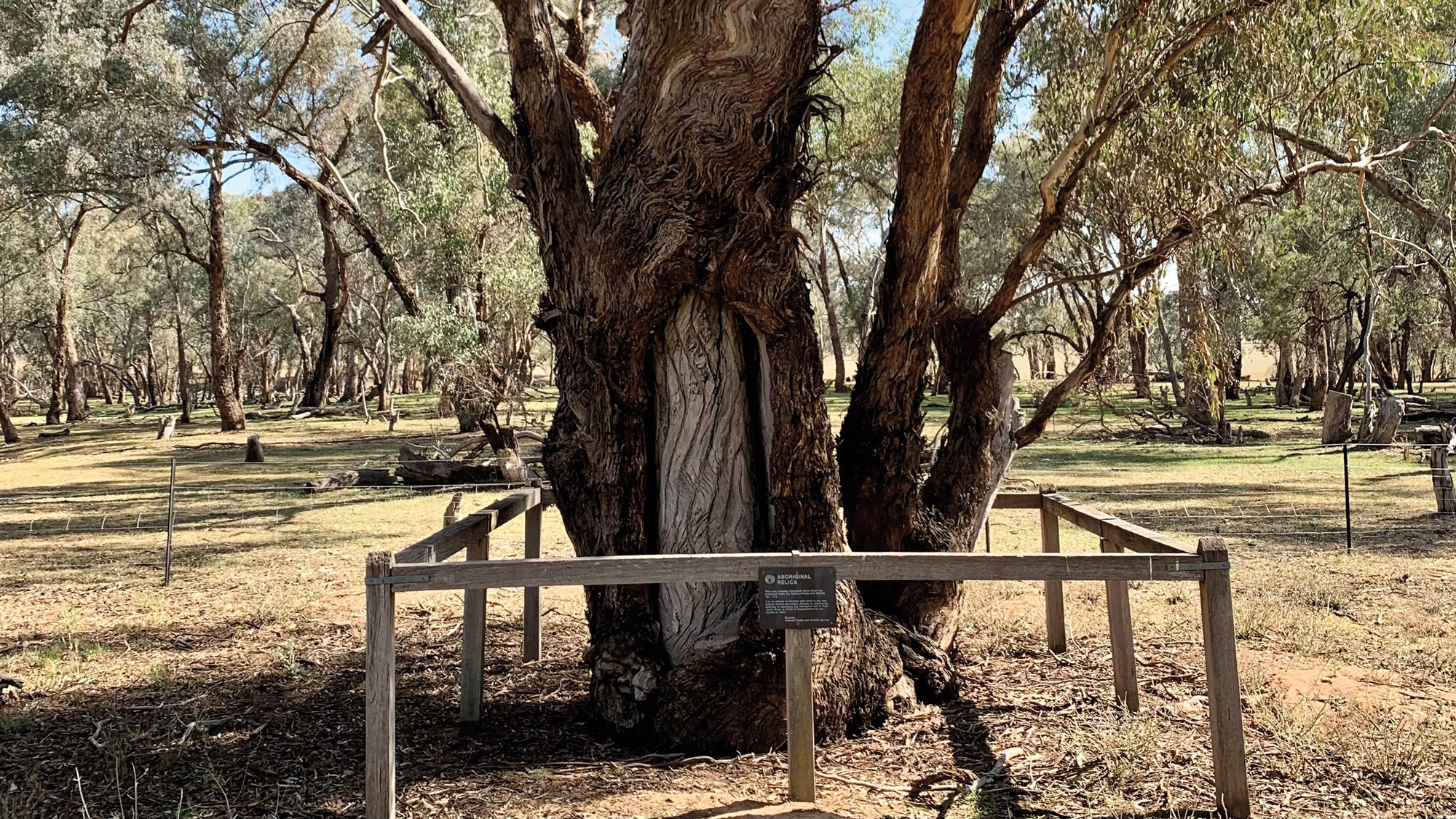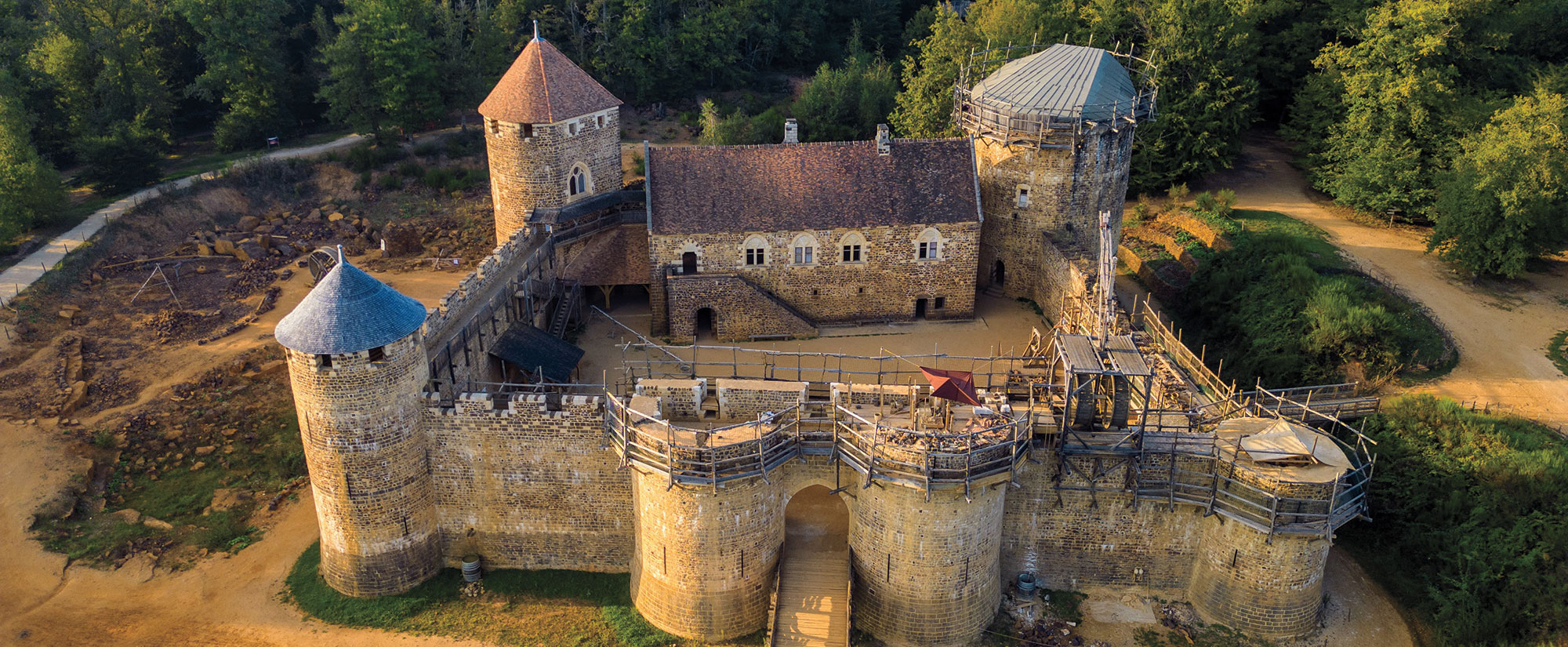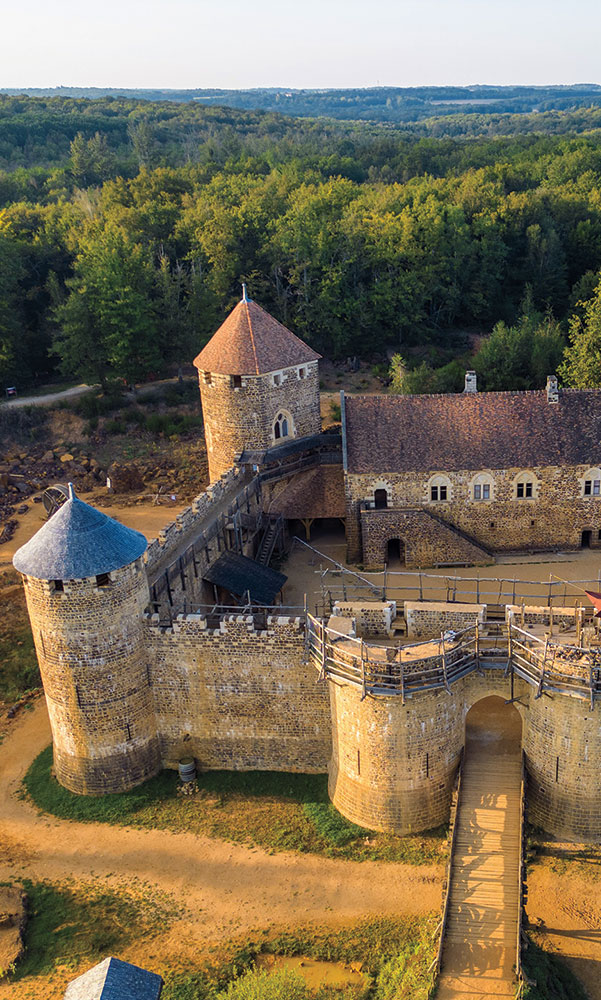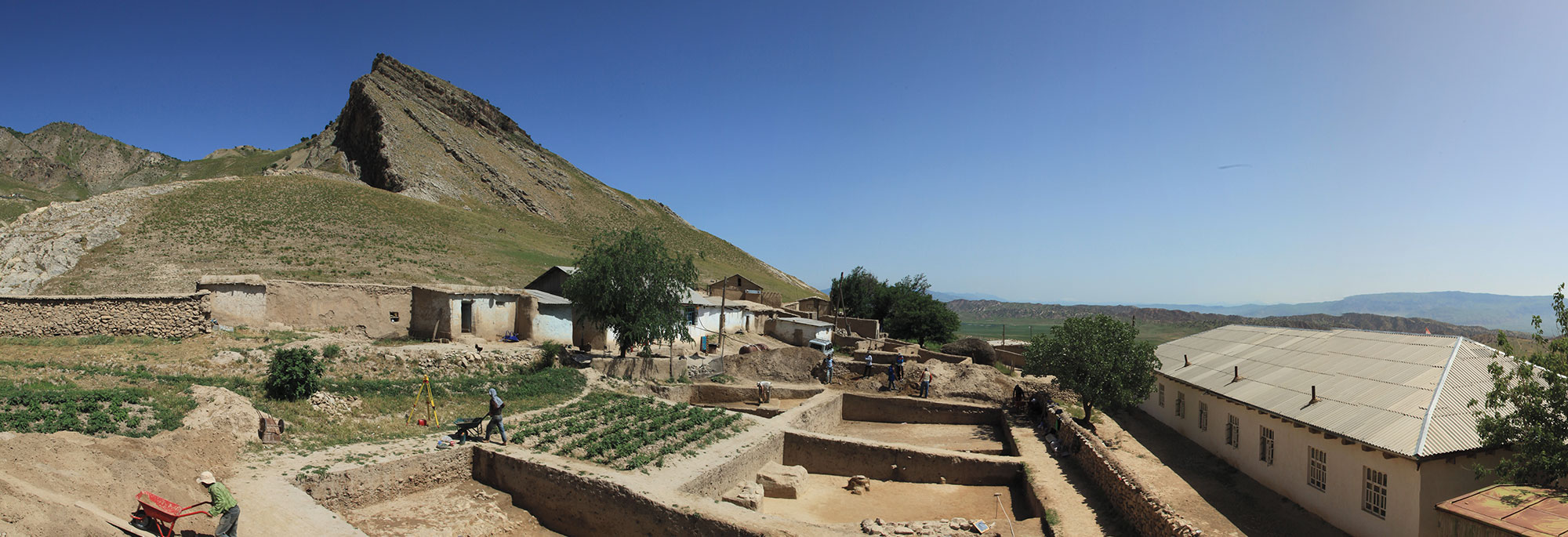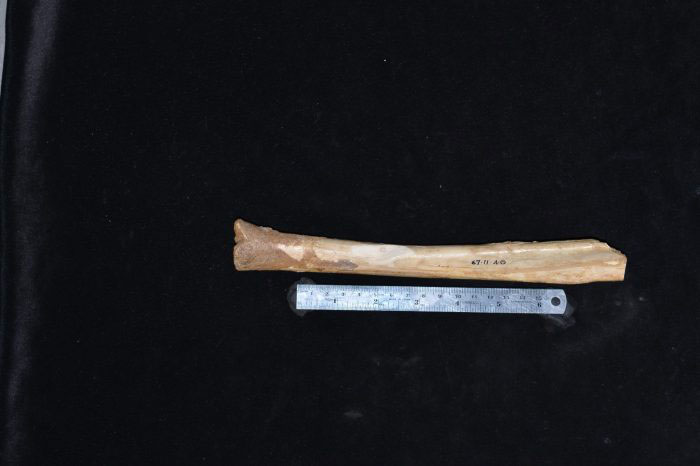
KENSINGTON, AUSTRALIA—According to an ABC News Australia report, a new study of a cut mark in the bone of a giant kangaroo recovered from southwestern Australia’s Mammoth Cave suggests that the cut was made after the bone had fossilized. Mike Archer of the University of New South Wales once thought the cut mark was evidence that humans living in Sahul, a paleocontinent made up of what are now Tasmania, Australia, and New Guinea, contributed to the extinction of many species of megafauna some 40,000 years ago. “We were convinced that humans…were trying to cut the bone open to get, perhaps, marrow,” Archer said. Now, Archer and his colleagues have examined a 3D image of the bone produced with micro-CT scanning equipment, and found cracks that occurred as a result of the bone drying out that predated the cuts made by humans. “All of a sudden the presumption this was a fresh bone when it was cut evaporated,” Archer said. Rather, Australia’s Indigenous people may have been collecting and trading the fossils, he surmised. Read the original scholarly article about this research in Royal Society Open Science. To read about evidence of animal translocation from Sahul, go to "Around the World: Indonesia."


